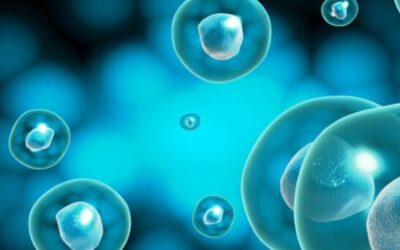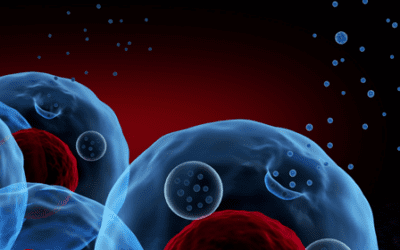Stemedix Regenerative Medicine Research and Health Awareness Blog
Stay up to date with the latest developments in regenerative medicine research and treatment. Subscribe to our newsletter.
Using Mesenchymal Stem Cell Therapy for Traumatic Spinal Cord Injury
Spinal cord injury is a global term used to capture damage to the spinal cord resulting from trauma (typically in the form of car accidents, falls, or work-related injuries) or from disease or degenerative conditions. Worldwide, it is estimated that up to...
Exploring Cell Therapy for Neuropathic Pain
Neuropathic pain (NP) occurs when the nerves located either inside or outside of the brain and spinal cord are damaged by a lesion or a condition. To date, pharmacological and surgical treatments to address NP have focused on providing symptomatic relief without...
Who Should Get Stem Cell Treatments
Regenerative medicine options like stem cell treatments are growing in popularity both because of their potential effectiveness and because they can help you avoid invasive procedures like surgeries. Stem cell therapies focus on helping your body improve what it...
A Systematic Review of Mesenchymal Stem Cell Therapy in Multiple Sclerosis
Multiple sclerosis (MS) is a progressive autoimmune disease that affects the brain, spinal cord, and central nervous system (CNS). Affecting an estimated 3 million people worldwide, MS is typically characterized by an autoimmune response that results in inflammation,...
Advancements in Exosomes and Their Prospective Application in Ocular Disease
According to the World Health Organization, at least 2.2 billion people worldwide have near or distant vision impairment. In at least 1 billion of these cases, vision impairment could have been prevented or has yet to be addressed. Glaucoma, corneal disease, and...
Knowing the Different Types of Regenerative Medicine
For the treatment of a variety of health conditions, one option more people are relying on is regenerative medicine. This field focuses on helping your body’s natural healing process function at its best, making it possible for tissues to regenerate so that you can...
Exosomes Derived from Mature Chondrocytes Facilitate Subcutaneous Stable Ectopic Chondrogenesis of Cartilage Progenitor Cells
Repairing the structure and functionality associated with subcutaneous cartilage defects continues to be a challenge in the fields of plastic and reconstructive surgery. While current methods, including autologous chondrocyte implantation and matrix-assisted...
A Systematic Review of Mesenchymal Stem Cell Therapy in Traumatic Spinal Cord Injury
Spinal cord injury (SCI) is a devastating pathological condition affecting motor, sensory, and autonomic function. Additionally, recovery from a traumatic SCI (TSCI) is challenging due to the central nervous system’s limited capacity to regenerate cells, myelin, and...
Exercise as a Key to Stroke Prevention
The Centers for Disease Control and Prevention states that an average of 795,000 people each year in the United States suffer a stroke. The majority of these are new strokes. Knowing whether you have a high risk of suffering a stroke is important, but so is knowing...
Harnessing Exosomes as Cutting-Edge Drug Delivery Systems for Revolutionary Osteoarthritis Therapy
Osteoarthritis (OA) is a chronic joint condition that causes pain and lack of mobility through the progressive degradation of joint cartilage. While there are several current pharmaceutical, physical therapy, and surgical treatments to address the symptoms of OA,...
A Comprehensive Review of Mesenchymal Stem Cell Therapy in Amyotrophic Lateral Sclerosis (ALS) Patients
Amyotrophic lateral sclerosis (ALS) is a rare, deadly progressive neurological disease that affects the upper and lower motor neurons. Characterized by weakening and gradual atrophy of the voluntary muscles, ALS gradually affects the ability to eat, speak, move, and...
Breaking Down the Causes of Lower Back Pain
According to the World Health Organization, lower back pain affects 619 million people around the world. Lower back pain is an issue that people of all ages suffer from, and it can be debilitating. Many conditions, injuries, and damage can lead to this kind of back...













 St. Petersburg, Florida
St. Petersburg, Florida
